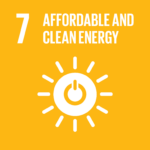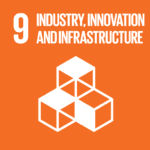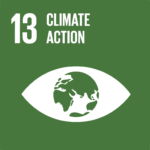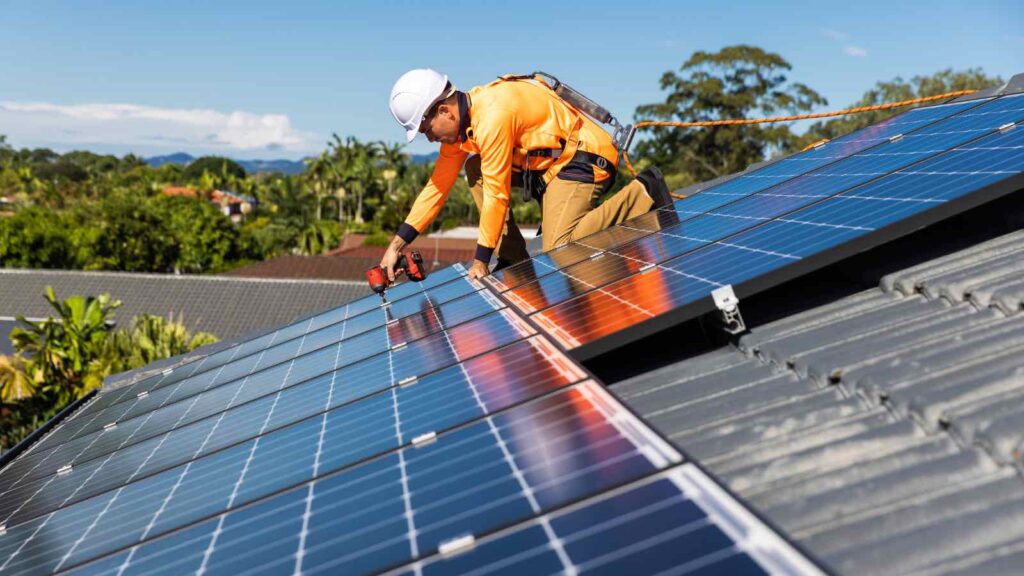Cambodia faces the steepest tariffs due to non-cooperation with the investigation, while products from Malaysia’s Jinko Solar and Thailand’s Trina Solar are subject to duties of approximately 41% and 375%, respectively. Vietnamese products could see tariffs up to 395.9%.
In a move that could reshape the global solar industry, the United States has announced plans to impose tariffs as high as 3,521% on solar panels imported from four Southeast Asian countries: Cambodia, Thailand, Malaysia, and Vietnam. This decision follows a year-long investigation by the U.S. Department of Commerce into allegations that Chinese companies were circumventing existing tariffs by routing subsidized solar products through these nations
Cambodia faces the steepest tariffs due to non-cooperation with the investigation, while products from Malaysia’s Jinko Solar and Thailand’s Trina Solar are subject to duties of approximately 41% and 375%, respectively. Vietnamese products could see tariffs up to 395.9%.
RELEVANT SUSTAINABLE GOALS



Domestic Protection vs. Renewable Energy Goals
The tariffs are intended to protect U.S. solar manufacturers from unfair competition. Companies like Hanwha Qcells and First Solar have argued that Chinese firms benefit from state subsidies, allowing them to undercut prices.
However, critics, including the Solar Energy Industries Association, warn that these tariffs could backfire by increasing costs for U.S. solar projects. Since over three-quarters of solar modules used in the U.S. are imported from the targeted countries, the tariffs could slow down the nation’s transition to renewable energy.
The announcement comes ahead of a major energy summit in London, where over 60 global leaders will discuss energy security in the wake of Russia’s invasion of Ukraine. International Energy Agency (IEA) head Fatih Birol has emphasized the need for diversified energy supplies and global cooperation.
Birol warned that the lessons from the Ukraine crisis have not been fully learned, highlighting ongoing risks such as geopolitical conflicts and supply chain disruptions.
Shifting Trade Winds in Asia
Analysts predict that the tariffs will prompt Chinese solar manufacturers to redirect their focus toward Asian markets.Thailand, for instance, may become a key export hub for Chinese solar products, similar to its emerging role in electric vehicle manufacturing.
Koraphat Vorachet, assistant managing director at Krungsri Securities, noted that while the tariffs will impact Thailand, the effect may be less severe compared to other Southeast Asian nations. He pointed out that Chinese manufacturers have diversified their investments across the region to mitigate the impact of U.S. trade policies.
The U.S. International Trade Commission is expected to make a final decision on the tariffs in June. Until then, the global solar industry remains in a state of uncertainty, balancing the need for fair trade practices with the urgency of transitioning to renewable energy sources.
You may also be interested in :
India’ Solar Surge: Policy, Trade Winds, And A Global Pivot To Renewable




